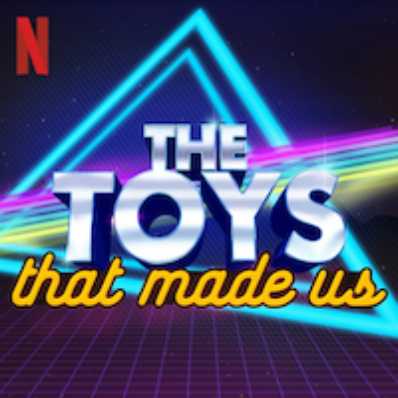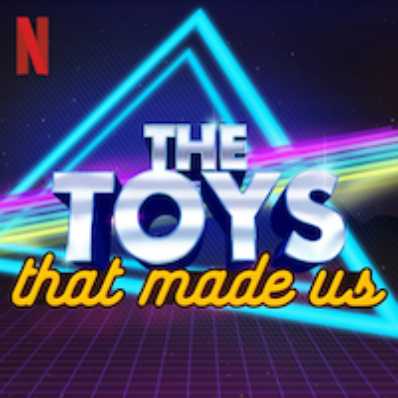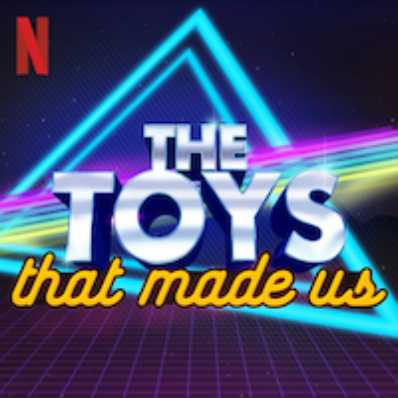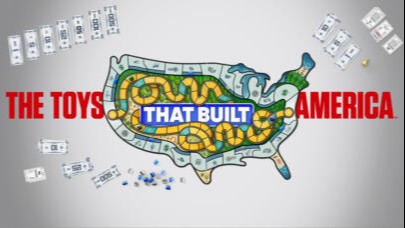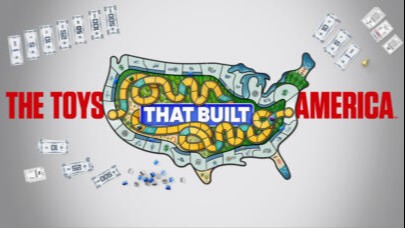The second season of The Toys That Made Us, produced by Brian Volk-Weiss expertly followed season one with another four episodes, these ones featuring the histories of Star Trek, Transformers, LEGO, and Hello Kitty. Keeping with the same humorous narration, season two was just as entertaining and informational as season one. Familiar faces from episodes from season one were brought back for more interviews, along with many new faces, including many international company executives, as the stories of Transformers, LEGO, and Hello Kitty began outside of America. If each episode was a piece of a large puzzle encompassing the toy industry, viewers can click four more pieces into place as the history of more classic toy lines are explored.
Season 2, Episode 1: Star Trek
Not to be confused with Star Wars, season two kicks off with an episode about Star Trek, which actually preceded Star Wars. Starting with its humble beginnings, viewers learn about Gene Roddenberry and his ideas for a sci-fi T.V. series. As the series was picked up and sold from company to company, it did not build much of a following, and unfortunately the license for toys never fell into the right company’s hands, as problems with production and marketing strategies led to upsetting consumers. Viewers hear from collectors, designers and sculptors, and company executives including Marty Abrams of Mego, David Galoob of Galoob Toys, and Todd McFarlane of McFarlane Toys about the rise and fall in popularity of the show and motion pictures, and how certain mistakes were made on the toy industry side of things. Though mishandled through the years, there is no doubt that Star Trek is cemented into the history of the toy industry as a significant and impactful brand.
Season 2, Episode 2: Transformers
Episode two tells the tale of transformers, which originated in Japan. After World War II, a partnership between the U.S. and Japan was created as the U.S. helped Japan get back on their feet. Tin cans were recycled from American military bases, and the tin was used to create toys. Transformers’ most basic origin is with Takara, a Japanese toy company that created Microman and Diaclone, brands that became Transformers in America. Hasbro relies on Bob Budianski to come up with character names and profiles for over 100 different characters as Transformers grows in popularity. Viewers hear from Bob Budianski himself about his experience working on Transformers, as well as Alan Hassenfled of Hasbro, Kohjin Ohno and Hideaki Yoke, designers for Takara, Peter Cullen, the voice of Optimus Prime, and many comic book writers, collectors, and other executives that worked on the line. As more movies came out, Transformers grew in popularity, and the revolutionary toys became household staples across America.
Season 2, Episode 3: LEGO
Episode three is all about LEGO, a toy that nearly every child has played with before. With its origins in Denmark, viewers learn about the Christiansen family, and how LEGO stayed a family business for three generations. The LEGO brick is legendary, and the LEGO system even more so. Bricks made in the 1950’s click into place with bricks made today, which is a core value in the LEGO company. As LEGO grew from four colors and models of towns to endless sets including licensed ones like Star Wars and Harry Potter, the management of the company was failing, leading LEGO towards bankruptcy. David Robertson, a professor an author, Kristian Reimer Hauge, a LEGO culture mediator, Bo Eggery, a LEGO senior designer, and many more executives, designers, and even children tell the story of LEGO’s success, downfall, reorganization, and cementation of its place in history as one of the most successful toy companies in history.
Season 2, Episode 4: Hello Kitty
In the final episode of season two, viewers learn about the Japanese toy company Sanrio, whose motto was “Small Gift, Big Smile.” Shintaro Tsuji, affectionally known as Papa Tsuji, created the company based on ideas of “Kawaii,” the Japanese word for cute. Sanrio created hundreds of characters, however its most popular is definitely Hello Kitty. First pictured on a coin purse, Hello Kitty has evolved into an icon, with her face licensed to hundreds of companies. A phenomenon that represents the embracing of kawaii, Papa Tsuji, Yuko Yamaguchi, known as “Kitty Mama,” and many more famous faces, including Paris Hilton and Kimora Lee Simmons, tell the story of Hello Kitty’s evolution from a character in the Sanrio world to an international brand that changed the lives of so many people with her three core messages: you should be loved, and you need to be nice to others to be loved, everyone should get along with one another, and the importance of expressing oneself through actions over words.
Related Blogs
Recent Blogs
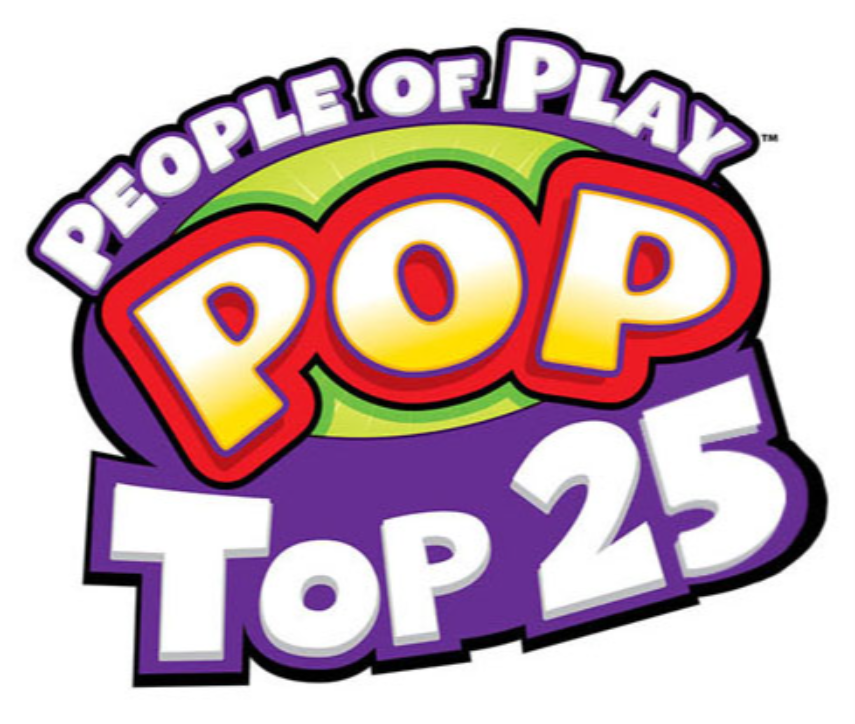
Industry Commentary, Op-Ed
The Top 25 POP Profiles of 2025

Biographies and Interviews
Ben Krenz Talks Moose Games, The Rise of Kidults, and More!

The Bloom Report
The Bloom Report Issue Archive
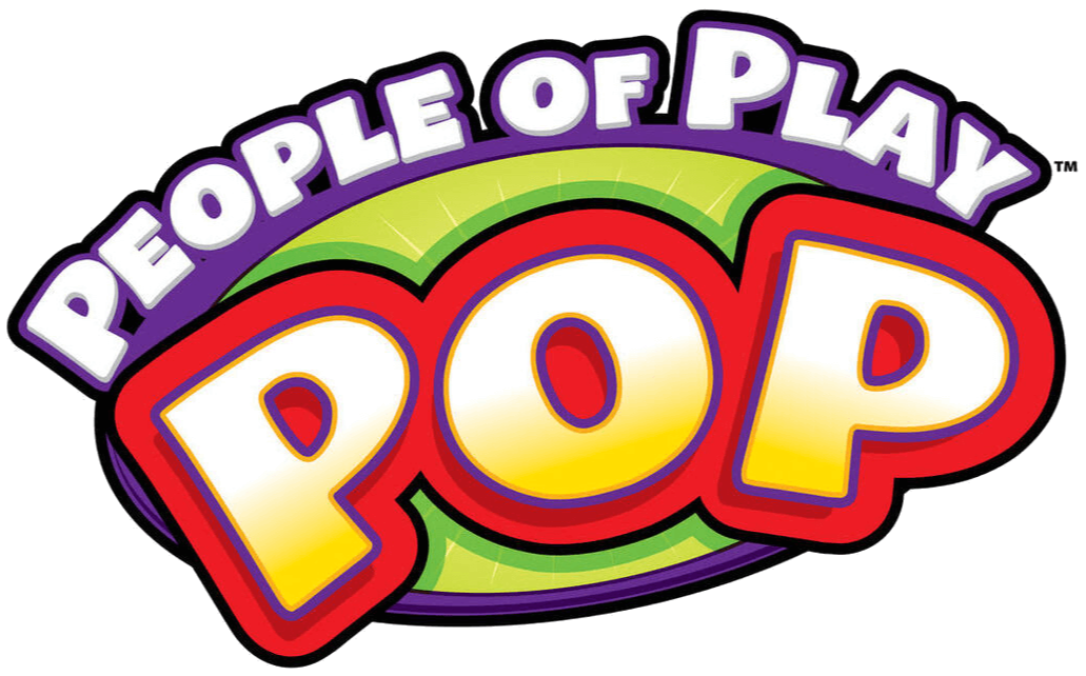
Play Through History
The Lives They Lived: Rest in Play Edition 2025

The Bloom Report
Toy and Game People Obituaries - RIP - Rest in Play
See more
Recent Wiki
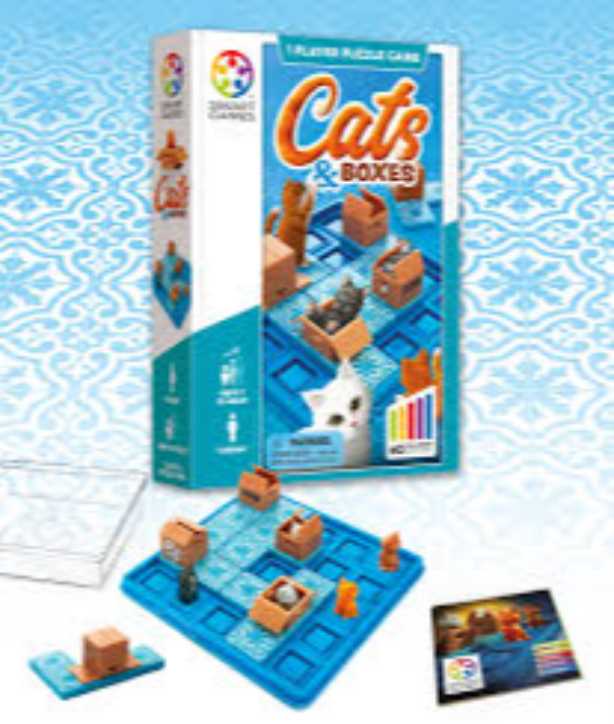
BOOK REVIEWS
Game Review: Cats & Boxes

PEOPLE
Ana Maria, Founder of The Magical Underland Inc., Rings in the Holidays with a new kind of Christmas Tree
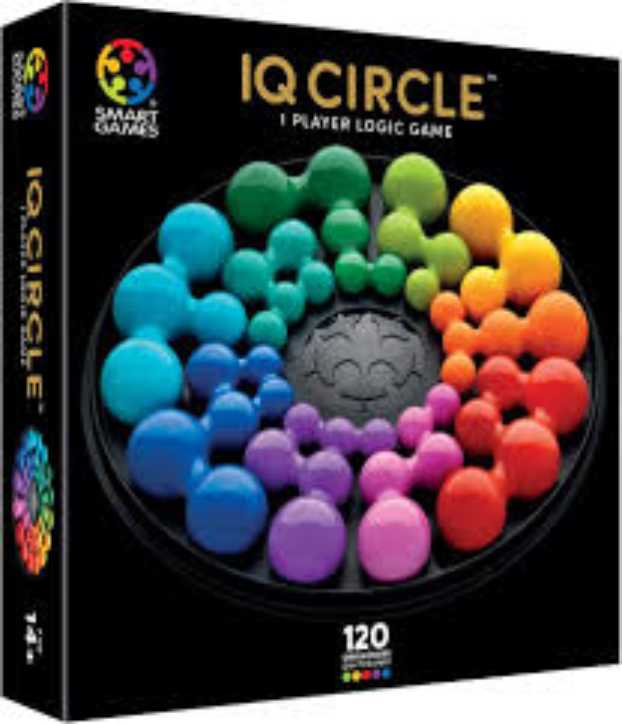
BOOK REVIEWS
Game Review: IQ Circle
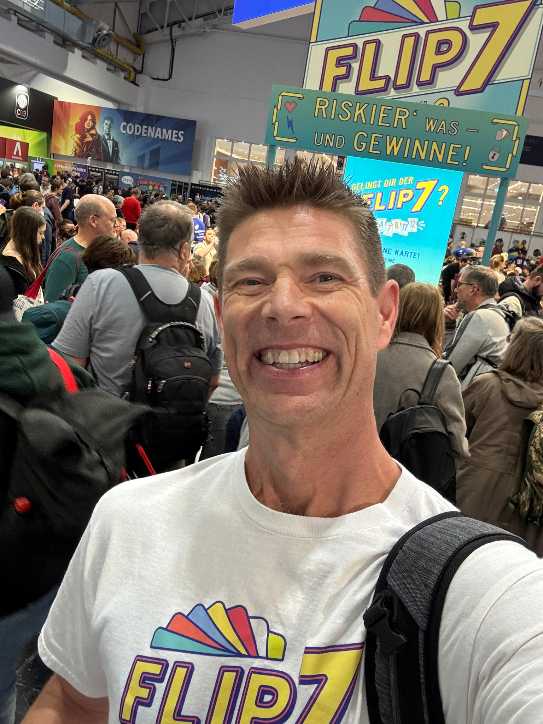
PEOPLE
Catching up with Eric Olsen, The Inventor of Flip 7 and Co-Creator of Messy Table Games

BOOK REVIEWS
Book Review: Happytecture by Anna Devís & Daniel Rueda
See more
POP's Got Talent

POP Entertainment
Randy Klimpert Shares his Ukulele Collection

POP Entertainment
Steve Casino Peanut Art

POP Entertainment
Everyone's Talking about POP!

POP Entertainment
Princess Etch - a Multi-Talented Etch A Sketch Artist

POP Entertainment
Joseph Herscher of Joseph' s Machines.
See more
Recent POPcast

Hidden Role: The Brains Behind your Favorite Games
Connie Vogelmann designed Apiary & Wyrmspan!

Hidden Role: The Brains Behind your Favorite Games
Bob Fuhrer... Is THE Crocodile Dentist!

Hidden Role: The Brains Behind your Favorite Games
Tom Dusenberry... Bought Atari, Wizards of the Coast, and Avalon Hill!

Hidden Role: The Brains Behind your Favorite Games
Matt Leacock created Pandemic... the game!

Hidden Role: The Brains Behind your Favorite Games
Scott Brown and Tim Swindle... are Launching a New Sport!
See more
POPDuos

POPDuos: Interviews with Legends and Leaders
POPDuo: Richard Dickson, Mattel’s President & COO, and Kedar Narayan, Young Inventor Challenge AMB

POPDuos: Interviews with Legends and Leaders
POPDuo: Will Shortz and Josh Wardle

POPDuos: Legends and Leaders Explore Creativity
POP Duo: Elan Lee, Co-Founder, Exploding Kittens.and Jeff Probst, Host and Exec Producer, Survivor

POPDuos: Legends and Leaders Explore Creativity
POP Duo: David Fuhrer, MNG Director, Blue Sq Innovations & Shawn Green, past Dodgers & Mets MLB Star

POPDuos: Legends and Leaders Explore Creativity
POP Duo: Bob Fuhrer, Founder, Nextoy and Tom Fazio, Golf Course Designer
See more




